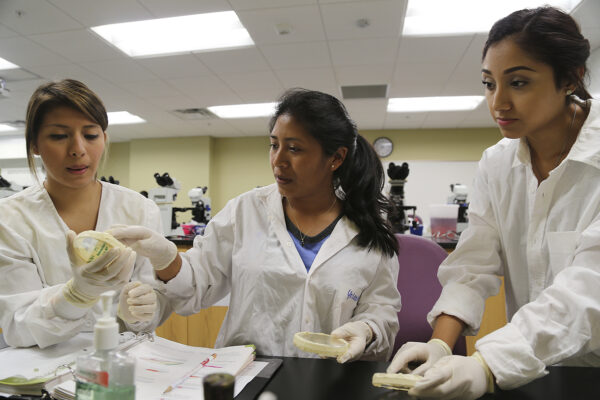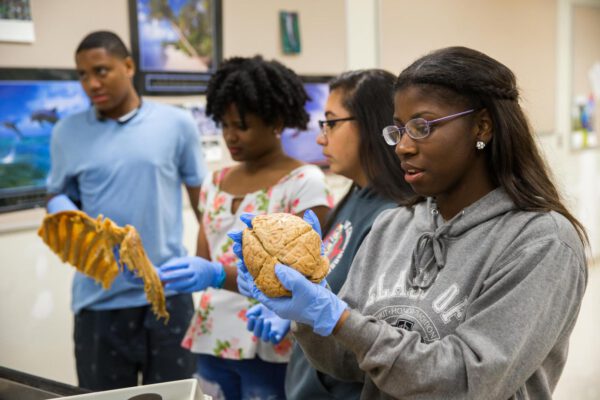Study Finds Financial Aid Increases Likelihood of Qualified Students Pursuing STEM Degrees
Title: Seeking STEM: The Causal Impact of Need-Based Grant Aid on Undergraduates’ Field of Study
Author: Delece Smith-Barrow
Source: The Hope Center for College, Community, and Justice at Temple University (PA)
In recent years, there has been an increased focus on encouraging students to pursue degrees in science, technology, engineering, or math (STEM) due to their potential to improve the quality of life of degree holders as well as their ability to contribute to the economic prosperity of the nation. However, there are some low-income students, despite being qualified, who choose not to pursue a STEM degree.
A recent study published by the Hope Center for College, Community, and Justice at Temple University suggests that a major factor in a student’s decision not to pursue a STEM degree may come from a lack of financial resources. In the study, Pell Grant-eligible students who received need-based aid along with other financial aid were almost 8 percent more likely to enroll in a STEM degree program than their peers. Furthermore, students who complete a degree in a STEM field have an increased likelihood of greater earnings (even if underemployed) and lower unemployment rates, compared to those without a STEM degree.
To read more, visit the Hope Center’s website.
If you have any questions or comments about this blog post, please contact us.


